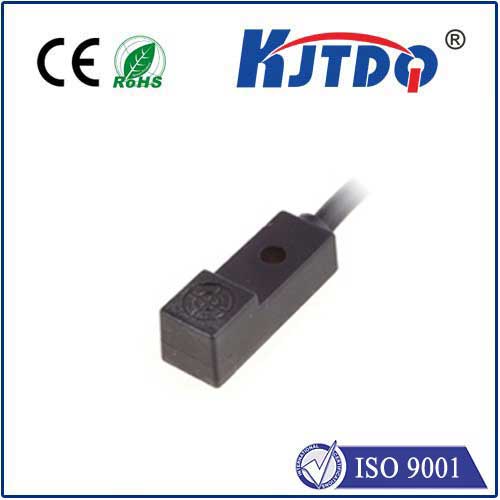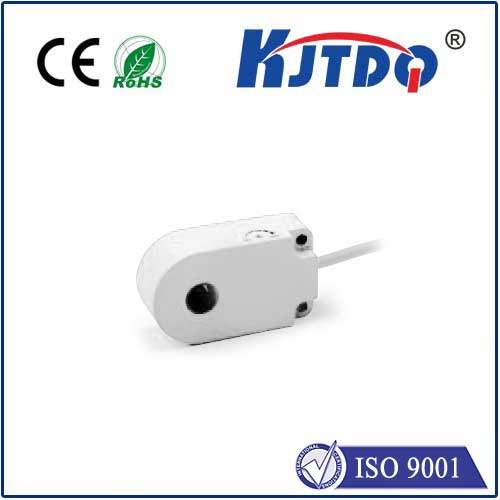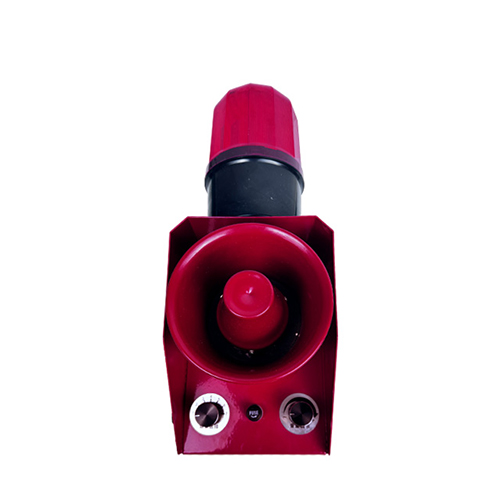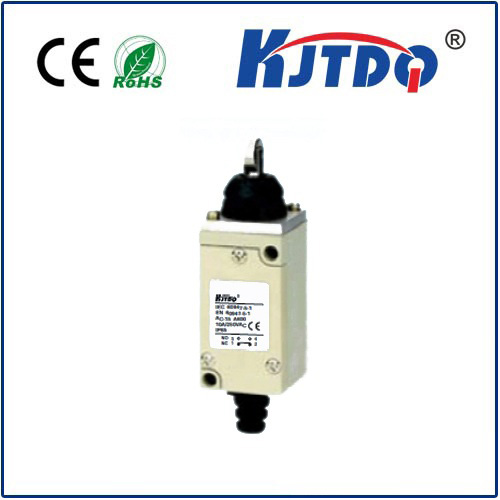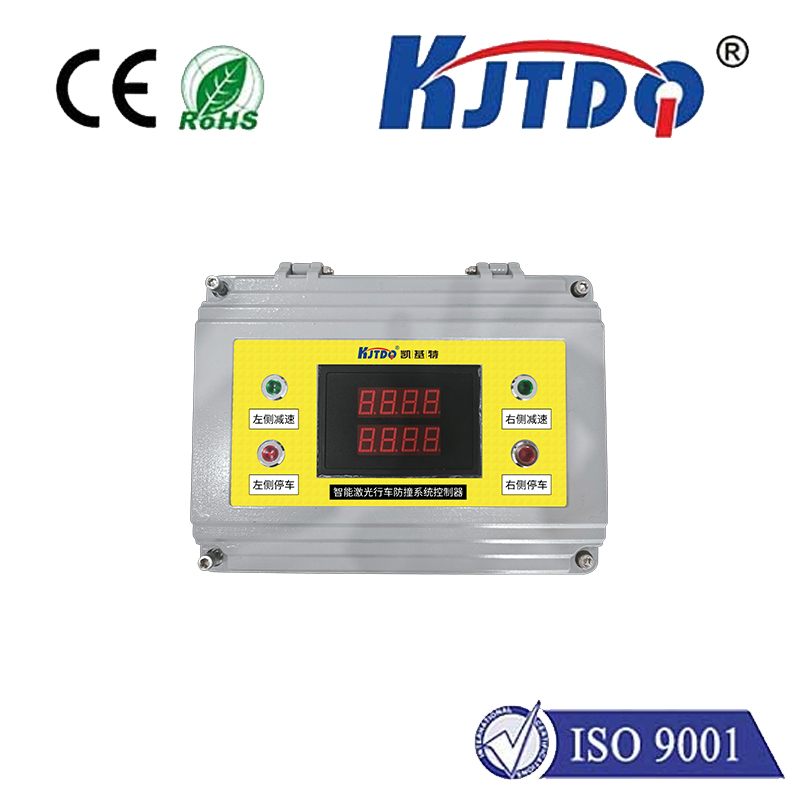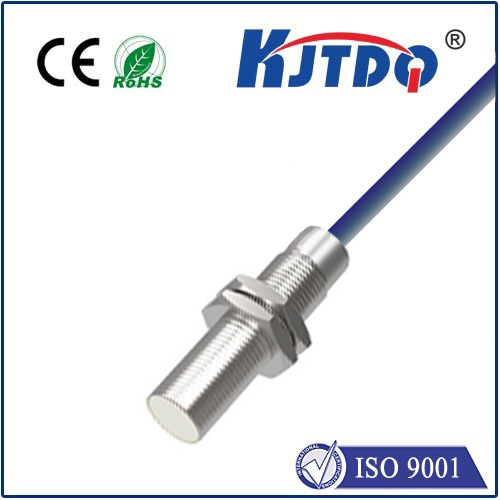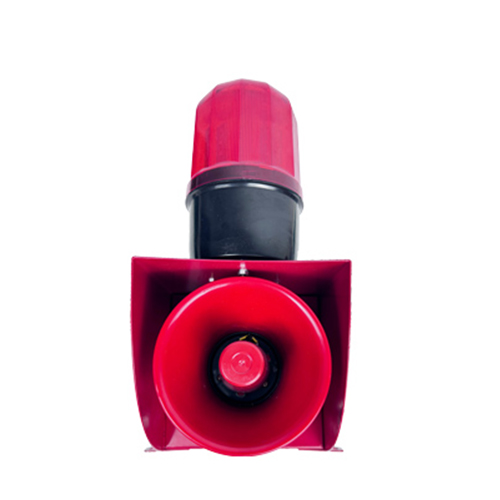

check

check

check

check
Imagine this: a critical production line grinds to a sudden halt. Bottles are tipping over, packages aren’t sealing correctly, or small components are mysteriously vanishing from conveyors. Often, the culprit is surprisingly small – a component isn’t present, aligned, or passing through as expected. This is where the unsung heroes of automation, like the E3FA-DN23 small photoelectric sensor, step in. Designed for precision and reliability in tight spaces, this compact workhorse offers a powerful solution for countless detection challenges where size and accuracy are paramount.
At its core, the E3FA-DN23 embodies the fundamental principle of photoelectric sensing: using light to detect the presence or absence of an object. What sets it apart is its significantly reduced footprint combined with robust performance. Belonging to the Omron E3FA series, renowned for durability in industrial settings, the “DN23” designation specifically indicates two key features: Diffuse Reflective mode (DN) and a standard sensing distance of 230mm (23). Its compact, cylindrical housing makes it exceptionally easy to integrate into machinery with severe space constraints where bulkier sensors simply cannot fit.

So, how does this small sensor deliver such reliable results? Operating in diffuse reflective mode, the E3FA-DN23 houses both the light emitter (typically an LED) and the receiver in a single unit. The sensor emits a beam of light – often visible red for easy setup – which travels towards the target object. When this light strikes the object’s surface, it scatters or diffuses in various directions. A portion of this scattered light reflects back towards the sensor unit and is detected by the receiver. Crucially, the sensor detects an object not by a beam interruption (like through-beam sensors), but by sensing the change in the intensity of the reflected light returning to the receiver. This allows it to detect objects without needing a separate reflector unit mounted opposite, simplifying installation significantly.
The magic of the E3FA-DN23 lies in its perfect blend of compactness and capability:
The applications for this tiny titan are vast across automation:
Choosing the Right Tool: While the E3FA-DN23 excels in countless scenarios, it’s vital to understand its operational principle. Diffuse reflective sensors are inherently sensitive to the target object’s color, surface finish, and reflectivity, as well as background conditions. Highly reflective or very dark objects might require careful sensitivity adjustment. For maximum reliability regardless of object surface, especially over longer distances or in challenging environments, a through-beam sensor (separate emitter and receiver) is often superior, though it requires mounting two components. Alternatively, a retro-reflective sensor (using a reflector) might be considered, but it adds the reflector component back into the mix. The E3FA-DN23 shines brightest when you need a single-unit solution offering ease of installation in confined spaces for detecting objects within its 230mm range.
When space is limited but detection reliability is non-negotiable, the E3FA-DN23 compact photoelectric sensor proves that big performance comes in small packages. Its intelligent diffuse reflective design, offering a practical 230mm range within an exceptionally small housing, makes it an indispensable tool for engineers tackling modern automation challenges. By enabling precise object detection where larger sensors fail to fit, it keeps processes running smoothly, minimizes downtime, and ensures quality – proving that size truly isn’t everything.
